Welcome to Sarajevo: transforming the Historical Museum in Venice
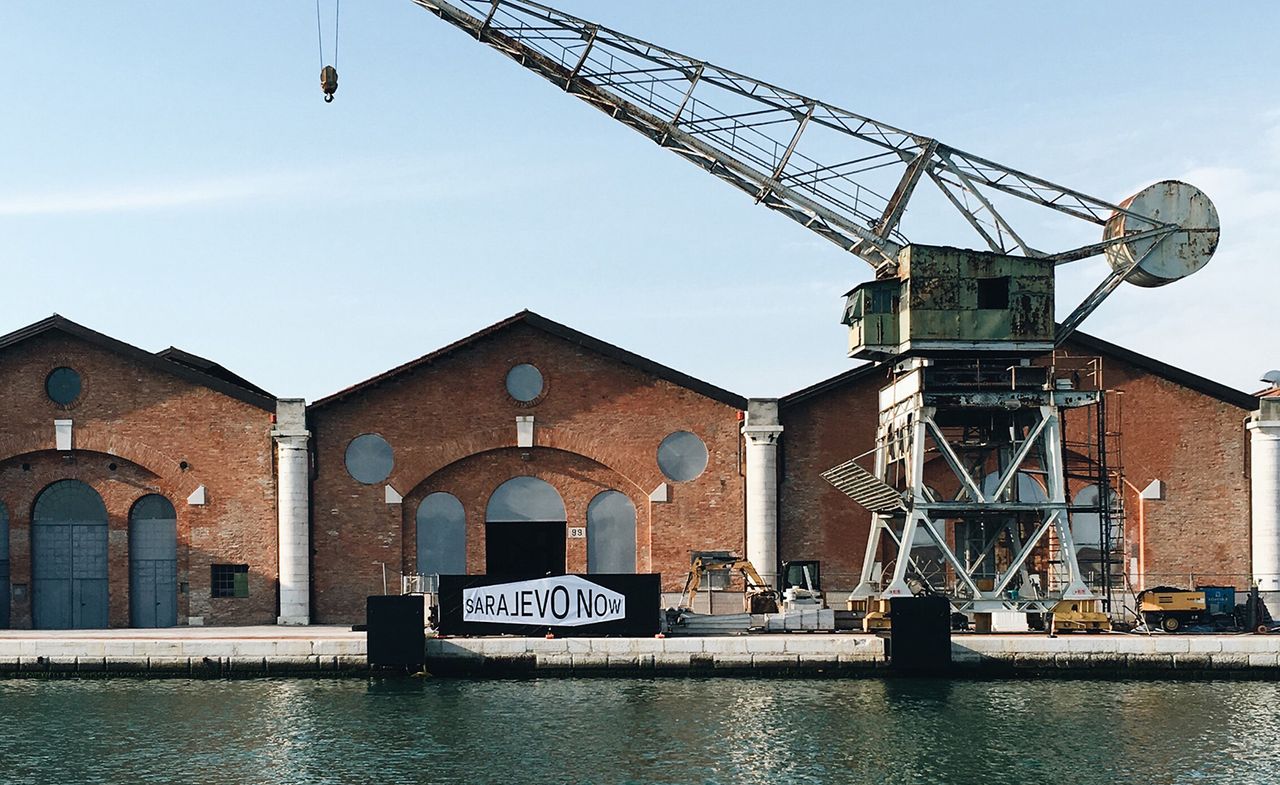
The all-too-recent wounds from war and destruction have left the city of Sarajevo with several issues – political, but also urban and architectural ones. A new exhibition in Venice, entitled 'Sarajevo Now: The People’s Museum' and launched at the 2016 Architecture Biennale, takes its cue from the Historical Museum of Bosnia and Herzegovina and how it 'epitomises this phenomenon,' while trying to help the city to turn a corner from its traumatic past.
Conceived by Zurich-based architects Baier Bischofberger – headed by Florian Baier and Nina Baier-Bischofberger - and Alfredo Brillembourg and Hubert Klumpner from Urban-Think Tank (U-TT), the show, an official biennale collateral participation that was created in partnership with the museum, has a fairly straightforward premise.
'The Urban-Think Tank identified the Historical Museum of Bosnia and Herzegovina as an "agent of change" for Sarajevo last year with their "Reactivate Sarajevo" initiative,' explains Baier-Bischofberger. 'As with other cities in crisis where the group had pursued projects, such as Athens, they investigated Sarajevo to identify sites for intervention that would have a broader catalytic impact. The museum immediately identified itself as such a place.'
The building, inaugurated in 1963 and designed to embody the socialist dreams of its era and region, fell into serious disrepair and neglect post the war. Now, a series of actions endeavour to 're-activate' it, raising awareness and creating a proposal to transform it into a power of positive social change for the city. 'It has been kept open and operating by its staff – many volunteers – and the people of Sarajevo, despite an ongoing political conflict that meant the government refused to provide funds or support,' continue the architects. 'Although the physical structure is deteriorating, as an institution it has become a vital civic space of dialogue, culture and education.'
The design presented in this show sees the building wrapped in a transparent vinyl skin that leaves the modernist building’s patina and damage unaltered, while creating a strong juxtaposition between old and new. 'The project attracted Florian and me as an exploration of how architecture can impact and improve the lives of the people of a city,' says Baier-Bischofberger. 'In this case, how a cultural institution can be a force for change and reinvigoration in a city still suffering after a war. The project has the potential to be an example for many other cultural institutions worldwide that are going to need new strategies of reactivation after conflicts have ended.'
At the same time, this protection, suspended from scaffolding, seals off the site, sheltering it from heat and rain. This will buy the museum time, explains the team, allowing it to continue to be a public space and staging point for interventions.
Presenting the museum as a force for urban regeneration, the exhibition includes architectural work, photography and film, as well as a retrospective of the Urban-Think Tank’s research projects from all over the world. Having travelled to Zurich and Munich, the displays will remain in Venice until the end of the month, before it goes to Sarajevo.
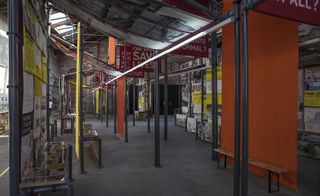
The exhibition, entitled 'Sarajevo Now: The People's Museum,' revolves around the architects' proposal for the revival of the building, aiming for it to act as an instigator of social change for the city.
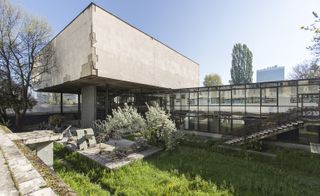
The museum, currently neglected and damaged by the war – effectively, a ruin – once embodied the era's socialist dreams.
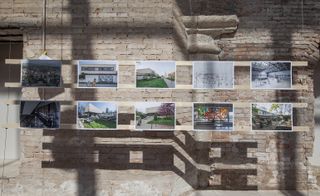
The Venice display, which travelled there from Zurich and Munich where it was previously shown, was created in partnership with the Historical Museum of Bosnia and Herzegovina.
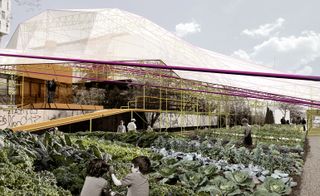
In the Baier Bischofberger proposal, the museum is wrapped in a transparent vinyl skin, which protects the old structure, leaving it unharmed. Image courtesy of BBA/U-TT
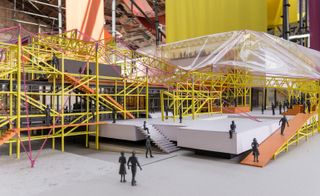
At the same time, this gesture creates a strong juxtaposition between old and new.
INFORMATION
‘Sarajevo Now: The People’s Museum’ is on show in Venice until 30 June. For more information visit Baier Bischofberger’s website and Urban-Think Tank’s website
ADDRESS
Arsenale Nord, Tesa 99
Venice
Italy
Wallpaper* Newsletter
Receive our daily digest of inspiration, escapism and design stories from around the world direct to your inbox.
Ellie Stathaki is the Architecture & Environment Director at Wallpaper*. She trained as an architect at the Aristotle University of Thessaloniki in Greece and studied architectural history at the Bartlett in London. Now an established journalist, she has been a member of the Wallpaper* team since 2006, visiting buildings across the globe and interviewing leading architects such as Tadao Ando and Rem Koolhaas. Ellie has also taken part in judging panels, moderated events, curated shows and contributed in books, such as The Contemporary House (Thames & Hudson, 2018), Glenn Sestig Architecture Diary (2020) and House London (2022).
-
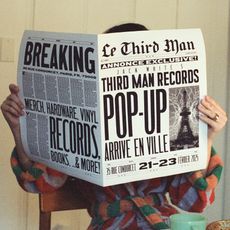 Jack White's Third Man Records opens a Paris pop-up
Jack White's Third Man Records opens a Paris pop-upJack White's immaculately-branded record store will set up shop in the 9th arrondissement this weekend
By Charlotte Gunn Published
-
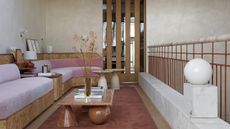 Designer Marta de la Rica’s elegant Madrid studio is full of perfectly-pitched contradictions
Designer Marta de la Rica’s elegant Madrid studio is full of perfectly-pitched contradictionsThe studio, or ‘the laboratory’ as de la Rica and her team call it, plays with colour, texture and scale in eminently rewarding ways
By Anna Solomon Published
-
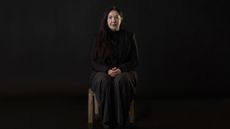 ‘Nothing just because it’s beautiful’: Performance artist Marina Abramović on turning her hand to furniture design
‘Nothing just because it’s beautiful’: Performance artist Marina Abramović on turning her hand to furniture designMarina Abramović has no qualms about describing her segue into design as a ‘domestication’. But, argues the ‘grandmother of performance art’ as she unveils a collection of chairs, something doesn’t have to be provocative to be meaningful
By Anna Solomon Published
-
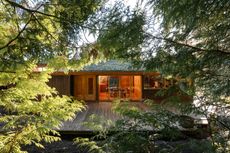 Explore the Perry Estate, a lesser-known Arthur Erickson project in Canada
Explore the Perry Estate, a lesser-known Arthur Erickson project in CanadaThe Perry estate – a residence and studio built for sculptor Frank Perry and often visited by his friend Bill Reid – is now on the market in North Vancouver
By Hadani Ditmars Published
-
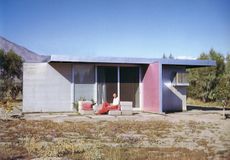 Take a deep dive into The Palm Springs School ahead of the region’s Modernism Week
Take a deep dive into The Palm Springs School ahead of the region’s Modernism WeekNew book ‘The Palm Springs School: Desert Modernism 1934-1975’ is the ultimate guide to exploring the midcentury gems of California, during Palm Springs Modernism Week 2025 and beyond
By Ellie Stathaki Published
-
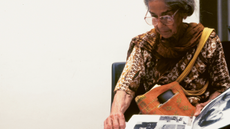 Meet Minnette de Silva, the trailblazing Sri Lankan modernist architect
Meet Minnette de Silva, the trailblazing Sri Lankan modernist architectSri Lankan architect Minnette de Silva is celebrated in a new book by author Anooradha Iyer Siddiq, who looks into the modernist's work at the intersection of ecology, heritage and craftsmanship
By Léa Teuscher Published
-
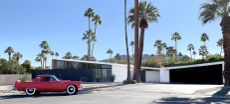 Palm Springs Modernism Week 2025: let the desert architecture party begin
Palm Springs Modernism Week 2025: let the desert architecture party beginPalm Springs Modernism Week 2025 launches on 13 February, marking the popular annual desert event’s 20th anniversary, celebrated this year through more midcentury marvels than ever
By Carole Dixon Published
-
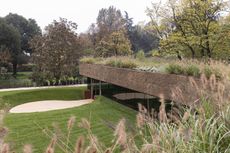 Meet Carlo Ratti, the architect curating the 2025 Venice Architecture Biennale
Meet Carlo Ratti, the architect curating the 2025 Venice Architecture BiennaleWe meet Italian architect Carlo Ratti, the curator of the 2025 Venice Architecture Biennale, to find out what drives and fascinates him ahead of the world’s biggest architecture festival kick-off in May
By Ellie Stathaki Published
-
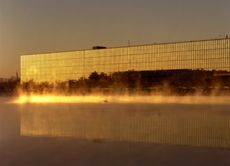 Inside Bell Labs, the modernist vision behind Severance's minimalist setting
Inside Bell Labs, the modernist vision behind Severance's minimalist settingWe explore the history of Bell Labs - now known as Bell Works - the modernist Eero Saarinen-designed facility in New Jersey, which inspired the dystopian minimalist setting of 'Severance'
By Jonathan Bell Published
-
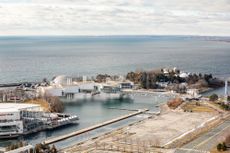 We zoom in on Ontario Place, Toronto’s lake-defying 1971 modernist showpiece
We zoom in on Ontario Place, Toronto’s lake-defying 1971 modernist showpieceWe look back at Ontario Place, Toronto’s striking 1971 showpiece and modernist marvel with an uncertain future
By Dave LeBlanc Published
-
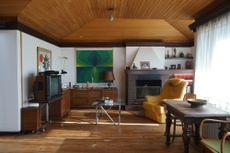 Tour 21 lesser-known modernist houses in Europe
Tour 21 lesser-known modernist houses in EuropeTake a tour of some of Europe's lesser-known modernist houses; architectural writer and curator Adam Štěch leads the way, discussing the 20th-century movement's diversity under a single vision
By Adam Štěch Published